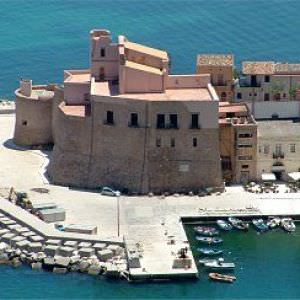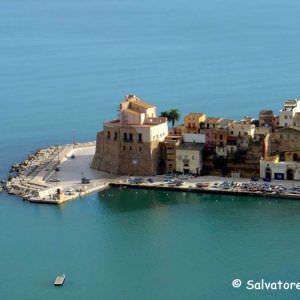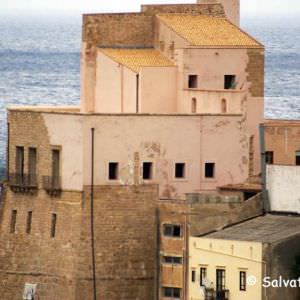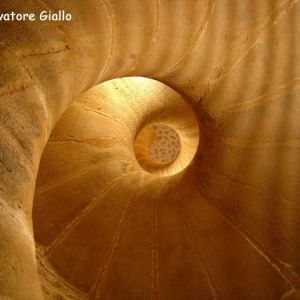The ArabNorman castle
The first news about the Arab-Norman castle of Castellammare del Golfo is reported by the Arab geographer Idrisi in his "Book of King Ruggero", dated to 1154. He reports that "No castle is stronger for site neither better for construction than this here [...]." The construction of the castle is attributed to the Arabs who built it, around the tenth century, on the ruins of pre-existing fortifications. The castle was built on a rocky outcrop near the sea, connected to the mainland by a drawbridge. Enlarged by the Normans, with the Swabians it became an important fortress encircled by walls and towers. At the center of struggles between the Angevins and the Aragonese, in 1314 Castellammare surrenders to Robert of Anjou. Two years later the Aragonese prevailed and take possession of the castle, of which destroyed part of the fortifications and one of the towers. Then the castle was rebuilt and became home to many princely families, vassals of the Emperor. In 1500 the castle had two towers: one called "St. Giorgio", the other one "the Bell". In 1521 the fort is protected by a first wall and, in 1537, was erected a third tower, called the "Bulwark". In 1587 was completed the second wall, with three entrances. It is during this period that the drawbridge was replaced by the stone bridge still in existence. Today the castle has been restored and hosts, inside, “The Memory of Mediterranean” Museum Pole that aims to preserve and enhance the historical, artistic and ethno-anthropological heritage of the city and its region. It is divided into four sections: Museum of water and mills, Museum of Productive Activities (Foundation "Annalisa Buccellato"), Archaeological Museum and Museum of Maritime activities.Back to monuments →




Follow us on